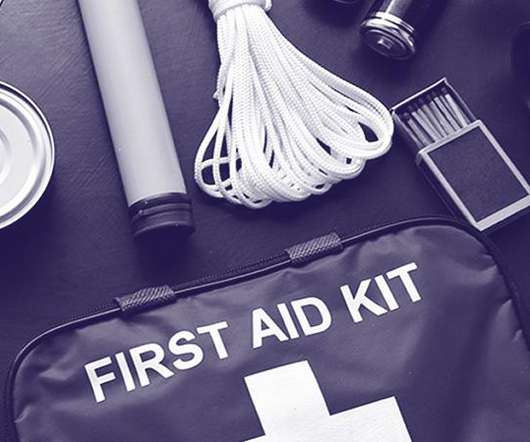Preparing Chemical Facilities for Hurricane Season
National Fire Protection Association
SEPTEMBER 6, 2023
One of the plans that can be used is NFPA 1660, Standard for Emergency, Continuity, and Crisis Management: Preparedness, Response and Recovery, which provides guidelines for creating, implementing, assessing, and maintaining effective disaster/emergency management and business continuity programs.












Let's personalize your content